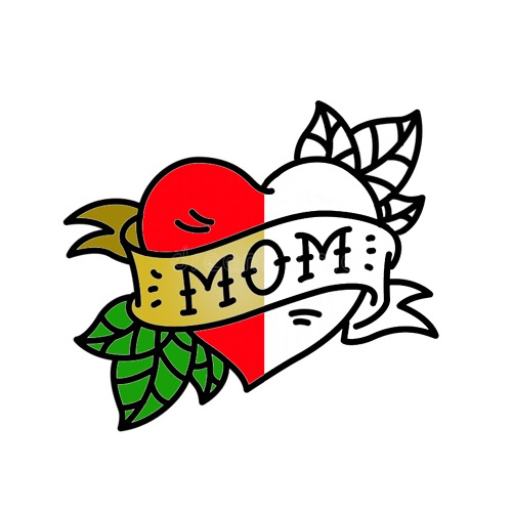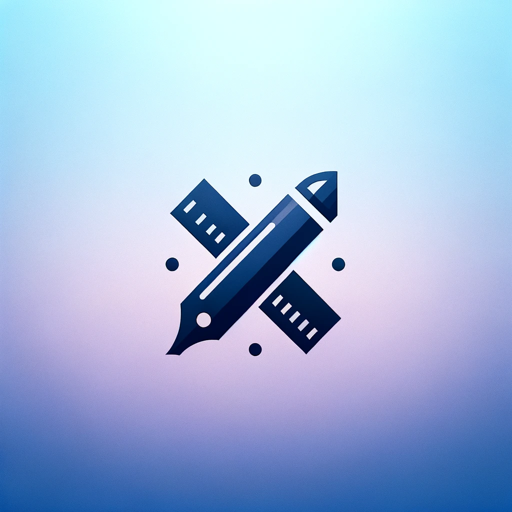Calligraphy & Hand Lettering-AI Calligraphy & Hand Lettering
AI-Powered Beautiful Writing Tool
Introduce Calligraphy & Lettering. ✒️
Upload image or file. 🖼️📁
Tell me about your capabilities. 📃
Show me basic calligraphy strokes. ✍️
Related Tools
Load More
Hand-drawn illustration GPT
Create a whimsical, hand-drawn illustration of any subject

Tattoo Design & Stencil
Create your tattoo with a matching stencil for your tattoo appointment!

Ultimate Fonts & Typography Style Idea Generator
📖🎨 Typography Expert: Font Pairings, Trends, & Design Tool Integration

Signature Craftsman
I create unique, flowing handwritten-style signatures.

Handwriting to text OCR
Convert photos of handwriting to text. Upload 1 or more pages (p1 first).
Line Artistry
Expert in artistic transformations, offering guided creativity and automated image generation, I evolve concepts into unique point, line, and surface compositions.
20.0 / 5 (200 votes)
Introduction to Calligraphy & Hand Lettering
Calligraphy & Hand Lettering encompasses the art of creating beautiful and expressive letters. The basic functions and design purpose of this art form are to develop skills in creating elegant handwriting and decorative text, using various tools such as pens, brushes, and digital devices. It involves understanding different styles, mastering strokes, and applying these techniques to create aesthetically pleasing text. For example, calligraphy can be used to create personalized wedding invitations, while hand lettering might be used in designing unique posters or logos.

Main Functions of Calligraphy & Hand Lettering
Skill Development
Example
Learning different calligraphy scripts like Copperplate or Gothic
Scenario
A beginner takes online courses to practice basic strokes and letter formations, gradually advancing to complex scripts.
Creative Expression
Example
Designing custom greeting cards
Scenario
An artist uses hand lettering to create unique birthday cards with personalized messages and decorative elements.
Professional Application
Example
Brand logo creation
Scenario
A graphic designer incorporates hand-lettered elements into a brand's logo, giving it a distinctive and handcrafted look.
Ideal Users of Calligraphy & Hand Lettering Services
Hobbyists and Art Enthusiasts
Individuals who enjoy creative activities and seek to improve their handwriting and artistic skills. They benefit from calligraphy and hand lettering by engaging in a relaxing and fulfilling hobby that allows for personal expression.
Design and Marketing Professionals
Professionals in fields such as graphic design, advertising, and marketing. They use calligraphy and hand lettering to create unique designs, enhance brand identity, and add a personalized touch to marketing materials.

How to Use Calligraphy & Hand Lettering
Step 1
Visit aichatonline.org for a free trial without login, also no need for ChatGPT Plus.
Step 2
Familiarize yourself with the different styles of calligraphy and hand lettering available, such as Gothic, Italic, and Brush Script.
Step 3
Gather the necessary tools including pens, ink, and paper. Ensure you have a comfortable workspace with good lighting.
Step 4
Follow structured tutorials and practice exercises to improve your technique. Focus on basic strokes, letter formations, and spacing.
Step 5
Experiment with creating your own designs and compositions. Share your work for feedback and continue to refine your skills through regular practice.
Try other advanced and practical GPTs
Algorithm Ace
AI-powered Kotlin algorithm expert.

Eloquent gpt
Your AI for articulate conversations.

Code Genius
AI-driven solutions for coding challenges.

Contact Finder
AI-powered contact details for businesses.

JS Helper
AI-powered tool for JavaScript excellence.

Hardware Engineering Advisor
AI-powered hardware development guidance

FIDIC Contract Manager
AI-powered FIDIC contract management.

Bybit Crypto AI with Real-Time Predictions
AI-powered real-time crypto predictions

SS
AI-driven solutions for every math problem

GrammarGPT
AI-Powered Grammar Correction

Diagnose This
AI-driven insights for your health questions

PDF to Excel Converter
AI-Powered PDF to Excel Converter

- Art Projects
- Home Decor
- Personal Journals
- Greeting Cards
- Wedding Invitations
Calligraphy & Hand Lettering Q&A
What are the basic tools needed for calligraphy?
Basic tools include calligraphy pens or brushes, ink, high-quality paper, and a ruler for guiding lines. Different styles may require specific types of pens, such as pointed nibs or broad-edged nibs.
How can I improve my calligraphy skills?
Regular practice is essential. Start with basic strokes and gradually move to more complex letters and words. Joining online communities for feedback and participating in workshops can also be very beneficial.
What are the differences between calligraphy and hand lettering?
Calligraphy is the art of beautiful writing, focusing on the form and flow of letters. Hand lettering is more about drawing letters and can include various styles and embellishments.
Can I learn calligraphy online?
Yes, there are many online resources, tutorials, and courses available that can teach you various calligraphy styles and techniques. Websites like aichatonline.org offer free trials to get you started.
What are some common mistakes to avoid in calligraphy?
Common mistakes include inconsistent letter spacing, incorrect stroke order, and using low-quality materials. Always practice patience and precision, and use the right tools for the best results.